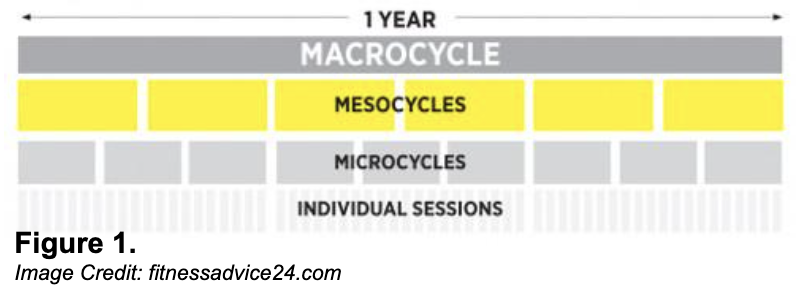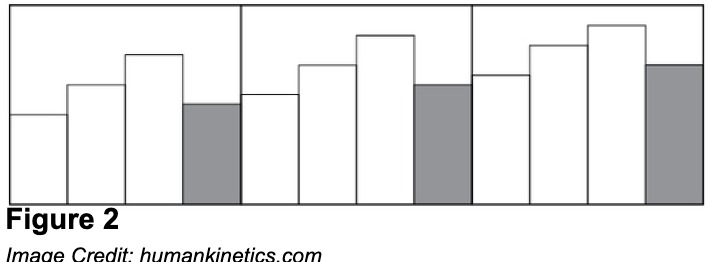Training Cycles & Periodisation — A No-Nonsense Guide
By Brock Shirley
If you’ve been around runners long enough, you’ve probably heard people toss around terms like training cycle, mesocycle, or periodisation. It can sound a bit like a university lecture — but don’t let the terminology put you off. Behind the fancy words is a simple concept: structured, purposeful training.
Let’s break it down.
What is Periodisation Anyway?
Periodisation is just a fancy way of saying “planned training over time.” Instead of winging every week, you follow a clear plan broken into smaller blocks, each with its own focus. Think of it like building a house. You don’t start with the roof — you lay a foundation, raise the frame, then add the details. Running works the same way.
The Three Layers of a Training Cycle
There are three key levels to most structured training programs:
Macrocycle – The big picture
This is your full training block. It might be three months leading into a 10K, six months prepping for a marathon, or a full year if you’ve got long-term goals. This cycle includes everything: base training, race prep, tapering, and recovery.Mesocycle – The focus blocks
Each macrocycle is split into smaller monthly-ish chunks. Each mesocycle zeroes in on a particular goal — like building endurance, sharpening speed, or recovering. Think of this as your training theme for the month.Microcycle – The week-to-week
These are your weekly plans: the specific runs, the intensity, the recovery days. Microcycles are where the magic happens — and where things can go wrong if you’re not careful. Overload the body too fast here, and you risk burnout or injury.
Make it stand out
Whatever it is, the way you tell your story online can make all the difference.
Building Progress (Without Breaking Yourself)
The key to a solid microcycle is progressive overload — gradually increasing how much or how hard you train. But just as important is knowing when to back off. Here’s a simple approach to planning a 4-week mesocycle:
Week 1 – Start steady. Introduce the new stimulus, but don’t go all out.
Week 2 – Slight increase. Add a little volume or intensity.
Week 3 – The peak. Your biggest week in the block.
Week 4 – Back off. A deload week where volume and intensity drop, giving your body time to absorb the training and recover.
When you move to the next cycle, week one picks up close to the previous peak — and the whole process starts again, gradually building your fitness.
Make it stand out
Whatever it is, the way you tell your story online can make all the difference.
This structure might look rigid, but it’s surprisingly flexible. If you’re sick, busy, or just tired, shift things around. The goal is to train smart, not just hard.
Why This Stuff Matters
Following a periodised plan can be a game-changer, whether you're aiming to finish your first 5K or shave a few minutes off your marathon PB.
For beginners, it gives structure and avoids the trap of doing too much too soon.
For experienced runners, it helps break plateaus by focusing on different aspects of fitness at the right time.
For competitive athletes, it’s essential — allowing you to peak at the right moment.
Without structure, training becomes guesswork. You may run often, but without a plan, you’re not necessarily improving. Periodisation brings intention into your running — and with it, better results.
Keep It Flexible
No plan survives contact with real life. You’ll have days (or weeks) when energy is low, motivation dips, or life gets in the way. That’s okay.
The beauty of this approach is that it gives you a framework, not a prison. You’re free to adjust, tweak, and rework based on how your body is responding. Trust the process, but listen to your body.
The Hardest Part? Planning It
Designing a full training cycle isn’t easy. Coaches spend years learning how to get it right — and even then, it’s part science, part art.
If you're creating your own plan:
Start simple.
Focus on one goal at a time.
Don’t increase your volume or intensity too fast.
Include recovery — it’s part of training, not separate from it.
Or, work with a coach who understands periodisation. They’ll help tailor your training to your goals, your life, and your current fitness level.
Bottom Line: You Get Out What You Put In
Good training isn’t about chasing exhaustion or doing the most. It’s about smart, sustainable progress. A well-planned training cycle helps you build gradually, avoid injury, and arrive at race day confident and prepared.
So next time you hear someone talking about mesocycles or deload weeks, you’ll know exactly what they mean — and more importantly, how to use them.
Got questions? Reach out to a coach or running community. The more you learn, the better you’ll train.
Until next time, Enjoy discovering your best stride.


